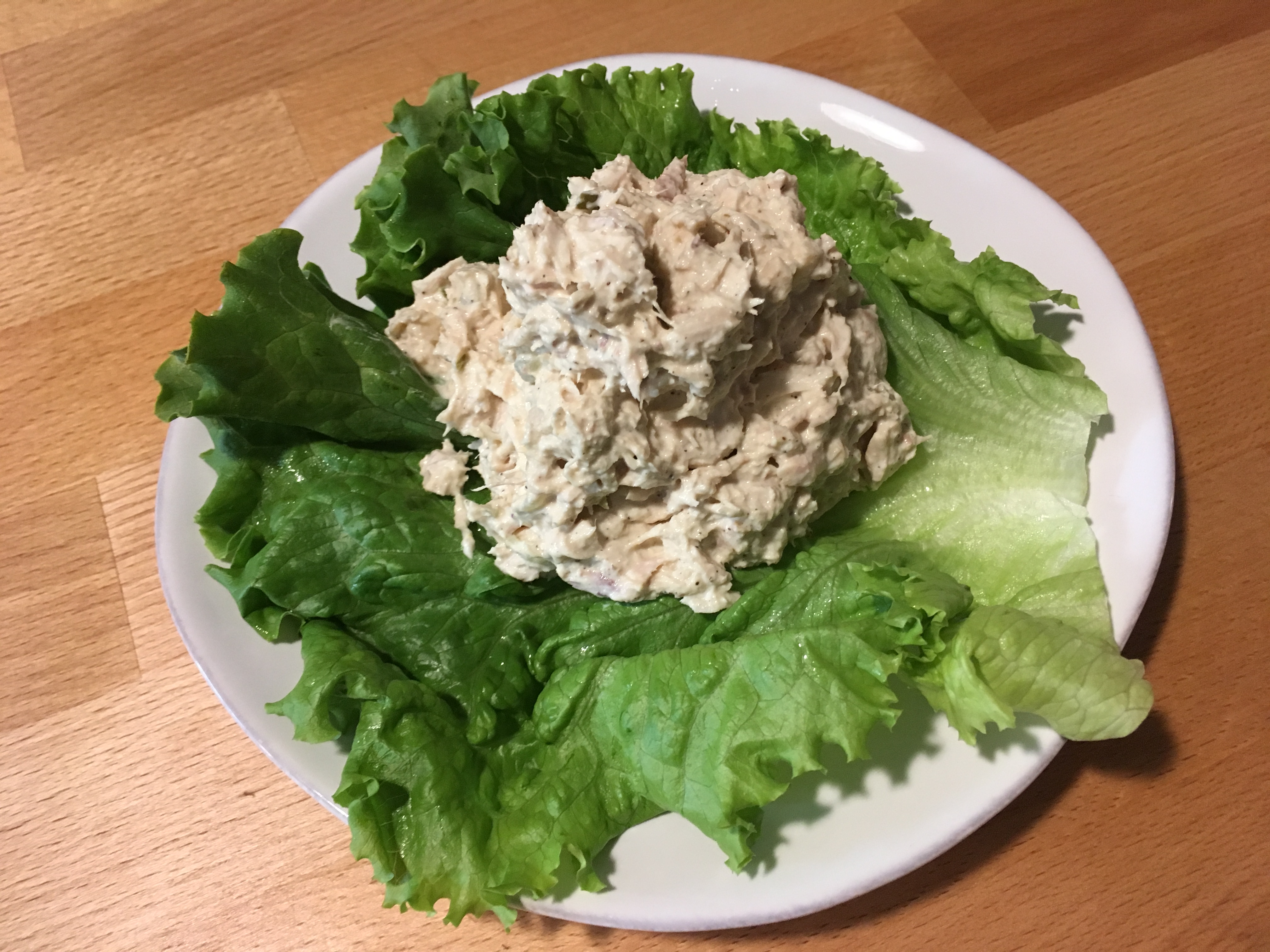The Role Of Eggs In Traditional Tuna Salad
The Role of Eggs in Traditional Tuna Salad
Versatility and Texture
Eggs are a vital part of traditional tuna salad, offering essential textures and flavors.
Versatility
They add creaminess and richness, mellowing the robust flavor of tuna. Their impartial taste allows them to blend seamlessly with different elements.
Texture
Hard-boiled eggs provide a agency and satisfying chew, contrasting the gentle flakiness of tuna. They additionally create a creamy base that binds the salad together.
Flavor
Eggs add a subtle eggy taste that complements the tuna and different elements, similar to celery and onion. They additionally present a supply of protein and different vitamins.
Overall
Without eggs, Tuna Salad Keto salad would lack its signature creaminess and texture, making it a less satisfying dish.
Enrichment of Flavor Profile
Eggs play a vital function in traditional tuna salad by providing a creamy, binding agent that holds the salad collectively while adding depth of taste.

The yolks of the eggs, which are wealthy in fat and protein, create a smooth and velvety texture that coats the tuna and different elements, enhancing the general taste and mouthfeel.
In addition, the eggs add a delicate sweetness and umami taste to the salad, complementing the savory tuna and tangy mayonnaise.
Furthermore, the egg whites provide construction and stability to the salad, preventing it from changing into too unfastened or watery.
Overall, eggs are a vital ingredient in traditional tuna salad, as they not only enhance the flavor profile but additionally contribute to the salad’s texture and binding properties.
Influence on Consistency
Eggs are a key ingredient in conventional tuna salad, contributing each flavor and texture to the dish. The yolks present richness and creaminess, whereas the whites add structure and stability. The mixture of the two creates a clean, cohesive salad that’s straightforward to spread and holds its shape nicely.
The number of eggs used in tuna salad can vary relying on personal choice, however an excellent place to begin is one egg for every two cans of tuna. This ratio will produce a salad that’s creamy and flavorful with out being too heavy or eggy.
In addition to their function in taste and texture, eggs also help to thicken tuna salad. The proteins in the eggs coagulate when heated, creating a network of bonds that traps water and prevents the salad from changing into watery or runny.
If you’re making tuna salad ahead of time, you will need to maintain the eggs in mind when contemplating how lengthy to store the salad. Eggs can become a breeding floor for micro organism, so you will need to refrigerate the salad promptly and consume it within 2-3 days.

Binding Properties
– The most conventional type of tuna salad is made with mayonnaise, celery, and onion; hard-boiled eggs are additionally a typical addition.
– Tuna salad is a versatile dish that may be served on sandwiches, crackers, or as a dip.
– Hard-boiled eggs play an necessary function in traditional tuna salad by binding the elements collectively and including taste and texture.
– The binding properties of eggs come from the proteins that they include.
– When eggs are cooked, the proteins coagulate and form a community that traps the opposite ingredients within the salad.
– This network also offers the salad a creamy texture.
– In addition to their binding properties, eggs additionally add flavor and texture to tuna salad.
– The yolk of a hard-boiled egg is wealthy and flavorful, and the white adds a little bit of chewiness.
– Overall, hard-boiled eggs are an important a part of conventional tuna salad and play a key function in giving it its distinctive taste and texture.
Traditional and Modern Variations
Eggs play an important function in conventional tuna salad, contributing to its creamy texture and wealthy flavor. They act as a binder, holding the salad ingredients together and creating a easy, cohesive combination.
Traditionally, tuna salad is made with hard-boiled eggs. The variety of eggs used can differ depending on private preference and the specified consistency of the salad. Typically, one or two giant eggs are used for the standard serving.
The eggs are finely chopped or mashed and combined with the tuna, mayonnaise, and different elements. The eggs help to thicken the salad, making it easier to unfold and stopping it from changing into too runny.
In trendy variations of tuna salad, eggs could also be omitted or replaced with other ingredients, similar to Greek yogurt, avocado, or mashed beans. However, eggs stay a staple ingredient in basic tuna salad recipes.

Here are some examples of traditional and fashionable variations of tuna salad:
- Traditional Tuna Salad: Tuna, hard-boiled eggs, mayonnaise, celery, onion, and optionally, pickles or olives.
- Greek Yogurt Tuna Salad: Tuna, Greek yogurt, hard-boiled eggs, celery, onion, lemon juice, and fresh dill.
- Avocado Tuna Salad: Tuna, mashed avocado, hard-boiled eggs, red onion, and cilantro.
- Bean Tuna Salad: Tuna, mashed beans (such as chickpeas or black beans), chopped celery, onion, and a light-weight dressing made with mayonnaise, Greek yogurt, or olive oil.
